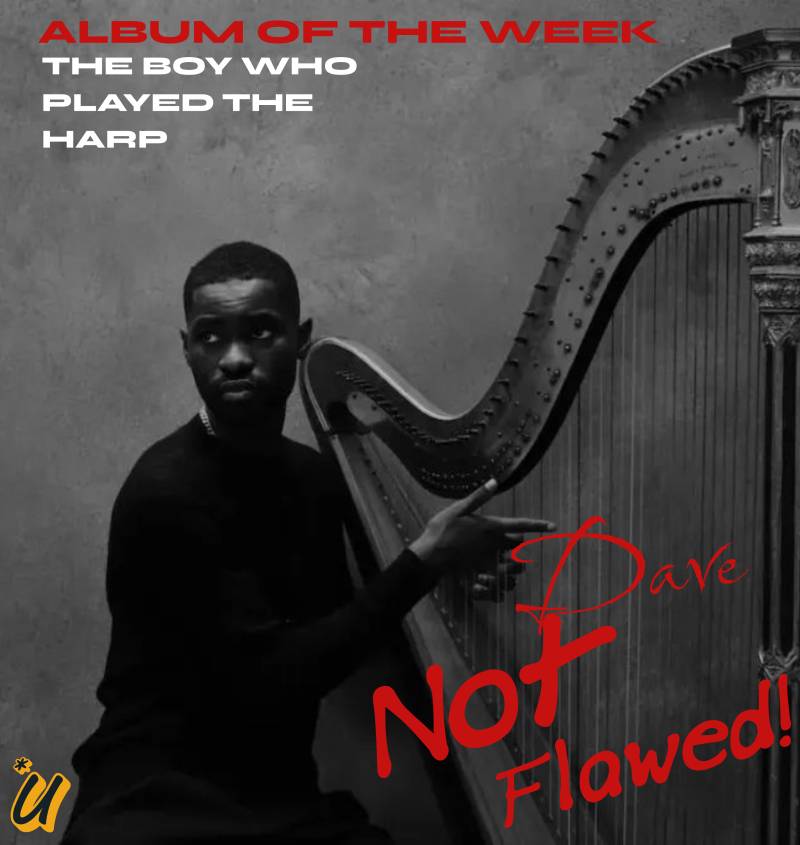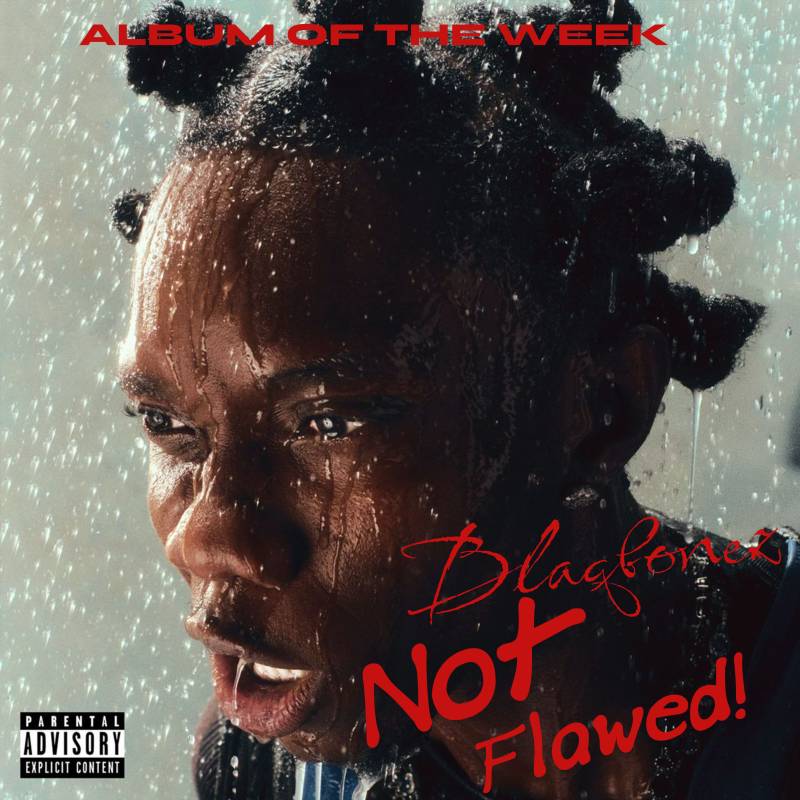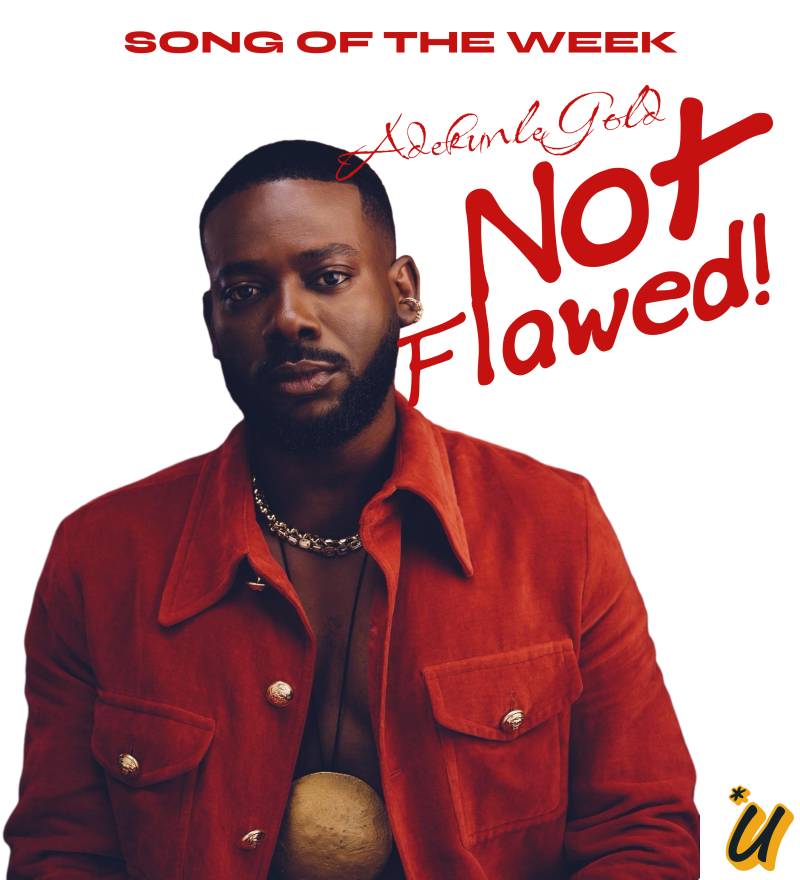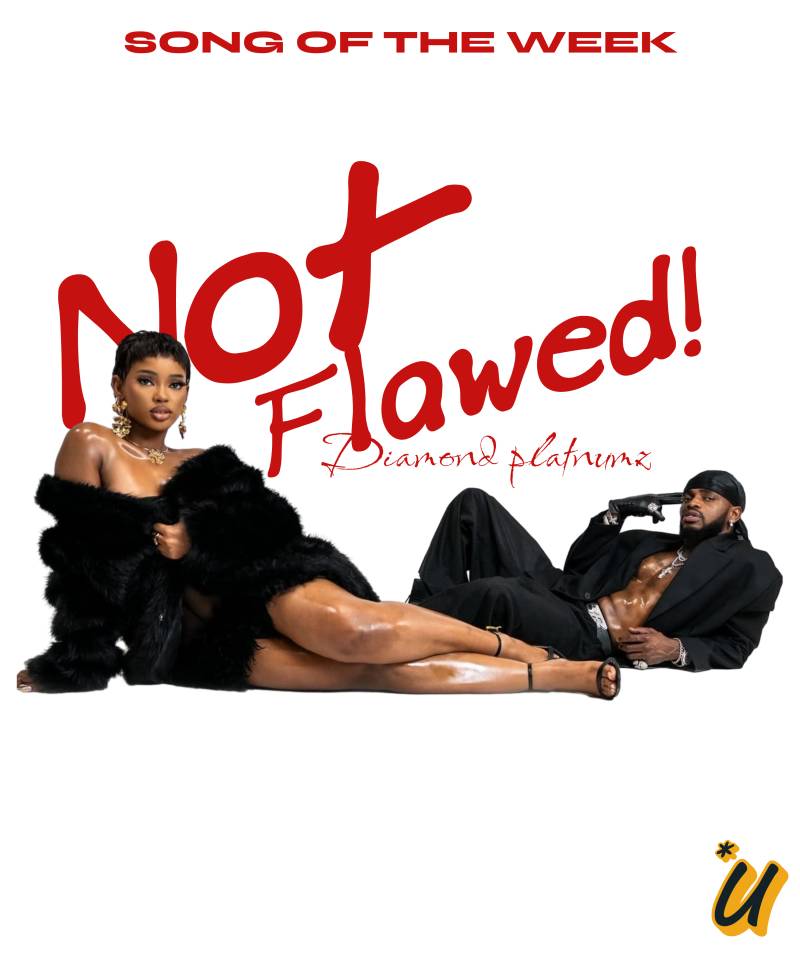James Brown proudly called Augusta, Ga., his home. When it came to performing, the Apollo Theater on 125th Street in Harlem, where he recorded his 1963 breakthrough album “Live at the Apollo,” was his home away from home. But 50 years ago this week, he played at another New York City institution with a lot less fanfare.
On March 16, 1972, Brown headed to Rikers Island with his full revue to entertain, advise and encourage hundreds of detained 16-to-20-year-olds, most being held at the jail while awaiting trial. “‘The inmates asked us to come to Rikers, and we’re going!’” he said in a statement at the time.
The reception was electric: “The kids at Rikers went absolutely wild,” said John Brickman, who attended the concert when he was executive director of the New York City Board of Correction. “They were screaming, they were yelling.” The roar reminded him of crowd reaction he’d heard on Johnny Cash’s live “At Folsom Prison” album, he said.
The story of Brown’s Rikers show has largely gone untold for the past five decades. So how did the Godfather of Soul wind up playing for an audience of youths at one of New York’s most notorious jails?
The story begins with Brown’s concern over the scourge of drugs in America’s cities and involves an employee of the Board of Correction who knitted her way into the legendary singer’s attention.
Brown, himself, had a brush with the law when he was a teen. “He was in prison as a kid,” Alan Leeds, Brown’s tour manager at the time, said in an interview, referring to Brown’s conviction at 16 for breaking into cars. “He could relate to the unfairness in the justice system and the conditions in our prisons.”
Social consciousness became a part of Brown’s music starting in 1966 with “Don’t Be a Dropout,” which encouraged children to stay in school. In 1968 he released a funk anthem that would become a signature: “Say It Loud — I’m Black and I’m Proud,” a firm rebuke of racism and an enthusiastic call for Black empowerment. Later, he turned his attention to the drug crisis plaguing young people in cities, using his fame to speak out against the dangers of heroin. (While Brown was not known to use heroin, he struggled with other drugs, and was later sentenced to prison for a 1988 incident involving PCP; he pleaded no contest to a domestic violence charge in 2004.)
Brown’s “King Heroin” arrived in March 1972. The song — which originated as a poem by Manny Rosen, a former Rikers detainee who showed it to Brown one day at the Stage Deli, where he worked — told the devastating story of heroin’s effect on users from the point of view of the drug itself. “I can make a mere schoolboy forget his books/I can make a world-famous beauty neglect her looks,” Brown spoke on the track. “Some think my adventure’s a joy and a thrill/But I’ll put a gun to your head and make you kill.”
“He was very adamant in his feelings about drug abuse, how heroin had ravaged the Black community” Leeds said.
More than half of the young detainees at the Adolescent Remand Shelter on Rikers Island were confined for drug-related crimes, William vanden Heuvel, chairman of the New York City Board of Correction, said in the statement announcing Brown’s appearance there.
Conditions at the jail then, as they are now, were dangerous. “They packed them in there like animals,” Roy Caldwood, 99, a retired correction officer who worked at Rikers, said in an interview. He noted there was no private place for detainees to bathe, or a proper place for them to eat. “If they were animals, the ASPCA would have shut the damn place down.”
In early 1972, Rikers was rocked by a riot, and Caldwood and four other officers were taken hostage. The violence resulted in injuries to 20 guards and 75 inmates.
“That is our situation. We’re trying to keep the lid on the pressure cooker and this lady comes and offers us James Brown,” Caldwood said.
The lady was Gloria Bond, who worked with vanden Heuvel at the Board of Correction, a civilian oversight agency that kept an eye on the correction system.
“The Board of Correction was always trying to come up with good things to help the people in the jail and makes sure they were being taken care of the right way,” said Bond’s daughter, Anna, who was a television news reporter in New York starting in 1973. (She spoke on behalf of her mother, who is now 96.) The agency had previously brought in Coretta Scott King to speak with the detainees, along with Harry Belafonte, who also gave a show. Gloria Bond suggested Brown could play a Rikers concert, contacted his manager, Charles Bobbit, and went to see him at Brown’s Midtown Manhattan office.
When her mother explained what she wanted, “Basically, his reaction was ‘What, are you kidding me?’” Anna Bond said. She said Bobbit told Gloria that Brown hardly ever came to the office. But that did not deter her.
“She says to him: ‘Well, Mr. Bobbit, I’ll tell you what I’ll do. I’ll bring my knitting and I’ll sit in that corner over there,’” Anna Bond said. “‘I won’t bother anybody. I’ll just wait till he comes.’”
Gloria Bond did just that. “Everybody in the office got to know her, and they’d bring her coffee,” Anna Bond said. “She became part of the entourage by sitting in her little corner, knitting.”
Eventually, Brown arrived at the office and came face to face with Gloria Bond. “And the rest is history,” Anna Bond said.
On March 15, 1972, Brown performed “King Heroin” for a national audience on Johnny Carson’s “Tonight Show.” The following afternoon, the audience of detainees assembled at the auditorium at Rikers Island. (So many young people wanted to see the show, the space couldn’t hold them all, so Brown put on two concerts that afternoon, each for a crowd of 500 to 600.)
There was a stage at the front of the room and folding chairs set up for the audience. Caldwood watched Brown rehearse before the concert. “He acted like he was on Broadway or someplace,” Caldwood said, adding that when Brown would criticize something a band member did wrong, “They didn’t say nothing, they just did whatever he said.” But when it came to the concert itself, Caldwood couldn’t catch any of it. “My eyes had to be on the crowd, I did not look at the show,” he said. “I couldn’t afford to relax and ended up missing out on the whole damn thing.”
Brown didn’t skimp on the Rikers show. “He had his entire troupe there, with backups and all that stuff. He was giving it 110 percent,” said Christopher Kende, who was an N.Y.U. law student working as a volunteer for the board. According to the tour manager Leeds’s records, including Brown, the group that day featured 18 people — musicians, backup singers, dancers and even a comedian, Clay Tyson. “The inmates were totally into it,” Kende recalled. “They just grooved on it and had a wonderful time.”
Anne Norman, a dancer for the Brown revue, called the crowd “enthusiastic,” and said there were no incidents with the detainees. In a phone interview from her New Jersey home, she said Brown talked to the kids and served as “a motivator.”
“His whole thing was: ‘Look at me. Look where I came from and look where I went. You can’t be successful if you’re not careful with what you’re doing, with how you present yourself to the world.”
She recalled how before Brown went into “Please, Please, Please,” he told the audience, “When you leave here, you can have a good life or you can have a bad life. However you do it when you get out is up to you.”
Brown showed his appreciation by giving Bond and her family tickets to his next show at the Apollo. But was he paid for the Rikers gig?
“Not to my knowledge,” Leeds said.
Anna Bond agreed. “I don’t think James Brown was paid for this show,” she said, “unless he was given an Afghan knit by my mother.”



